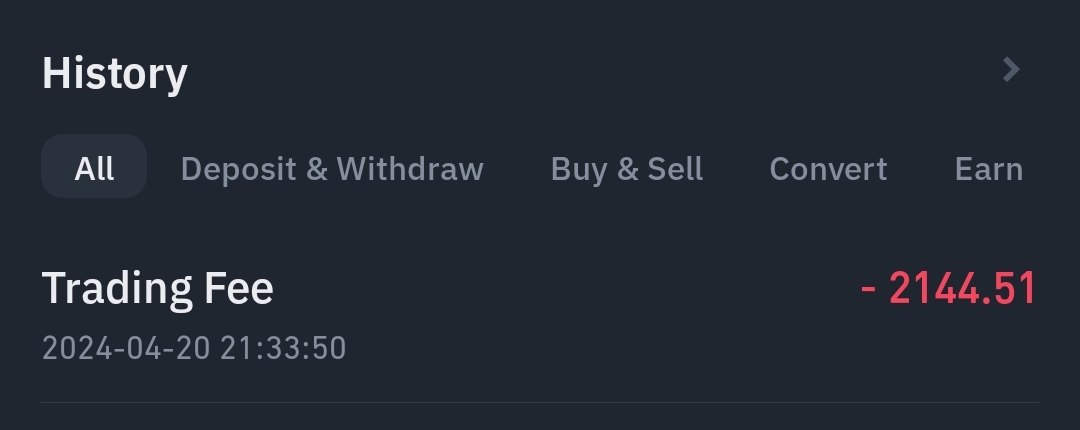Impermanent Loss Explained

You may be taken back hearing the word impermanent losses in the crypto space. At first I thought It is an advanced form of losses that one may not be able to recover from. Not until I did research on it and then realised that impermanent losses is majorly experienced by providers of liquidity in decentralized finance platforms and this occurs when the price of assets in a liquidity pool changes compared to its initial deposit.
|-
The loss brought about by these changes is not realized until the liquidity is withdrawn from the pool and this is when the loss is called impermanent because the losses aren't realized. This change in value from deposited capital leads to an instance where you end up with a less value if you withdraw your tokens from the pool.
The value would have been retained of you had just held onto the token outside the pool and not in the pool. This is more like losses we see in crypto but an advanced form. On the space, if you enter a trade and the price at which is enter is going in opposition to your placed trade or value, you'll see unrealistic losses until you are out of the market that's when you'll see the losses displayed and your balance changed for good.

In reference to this, there are some terminologies concerning impermanent losses that must be understood and these include; liquidity on it own, liquidity pool, liquidity provider, price ratio and automated market marker.
The liquidity pool is more like a collection of funds locked in a smart contract that enables decentralization in trades placed and traders can use this to buy and sell tokens.
Automated market maker is a decentralized exchange that uses mathematical formula to price assets thereby, facilitating trades against the liquidity pool. Price ratio is the relative price between two assets in a liquidity pool.
If the price of an asset in a liquidity pool changes compared to the other, one may lose money compared to holding that asset and if the price ratio returns to its original state from the change made, the losses become an impermanent loss and can be reversed. Realised losses are often seen when liquidity is withdrawn from the pool because the price ratios of a token do no revert.
|-
In a decentralized finance platform, liquidity pools are created and maintained by liquidity providers who deposits token pairs into the liquidity pool of which traders can buy and sell. When traders make use of these liquidity pools to swap tokens, they usually pay a fee for swapping these tokens which are distributed to the liquidity providers who made these tokens available in the pool.

Irrespective of this, the value of the tokens in the pool can change leading to losses that are impermanent. This price change affects the balance of tokens deposited in the pool because the automated market maker ensures that the product of the quantities of two tokens remains constant. To illustrate;
Let's assume a liquidity provider deposited 1 ETH worth $3000 and 3000 USDC worth ($3000 into the liquidity pool. The total value of the deposit at first is $6000.
If the price of ETH increases to $4000, the automated market maker adjusts the liquidity pool to maintain that constant product formula. The new balance may reduce to $5,800. If you had held onto your 1 ETH and 3000 USDC without adding liquidity, your holdings would have been worth $7000 ($4000 in ETH and $3000 in USD)
To calculate the impermanent loss from the changes, we'll find the difference between the price without addition of liquidity and the price when liquidity is added. $7000 - 5,8000 = 1200. This is the impermanent loss because if the price of ETH returns to its original value at $3000, the loss would be reversed. If the liquidity provider withdraws their token when the price is still different, the losses become permanent and realised.
The role of the automated market makers is to use a mathematical formula to set the price of tokens in a liquidity pool. The formula is the X x Y= k where x and y represents the quantities of the two tokens in the liquidity pool and k is a constant.
The automated market maker ensures these quantities of two tokens remains constant and if a trader wants to buy a token from the pool, they must provide a certain amount of the other token to attain that balance. When this trade happens, there's an adjustment in price by the automated market maker which creates a new price ratio to maintain balance.
The automated market maker charges a gas fee for each trade placed and these fees are distributed as rewards to the liquidity providers based on their share of the pool.
To mitigate impermanent losses, you must diversify or spread your investments. Don't just dump all your crypto assets into one liquidity pool. You need to spread it across multiple pools to reduce impermanent loss from a single pool. A trader must also use different decentralized finance platforms to help balance risks.
All screenshots are from my binance
Disclaimer :Any financial and crypto market information provided in this post was written for informational purposes only and does not constitute 100% investment advice. It's just basic knowledge every crypto trader or investor should have


